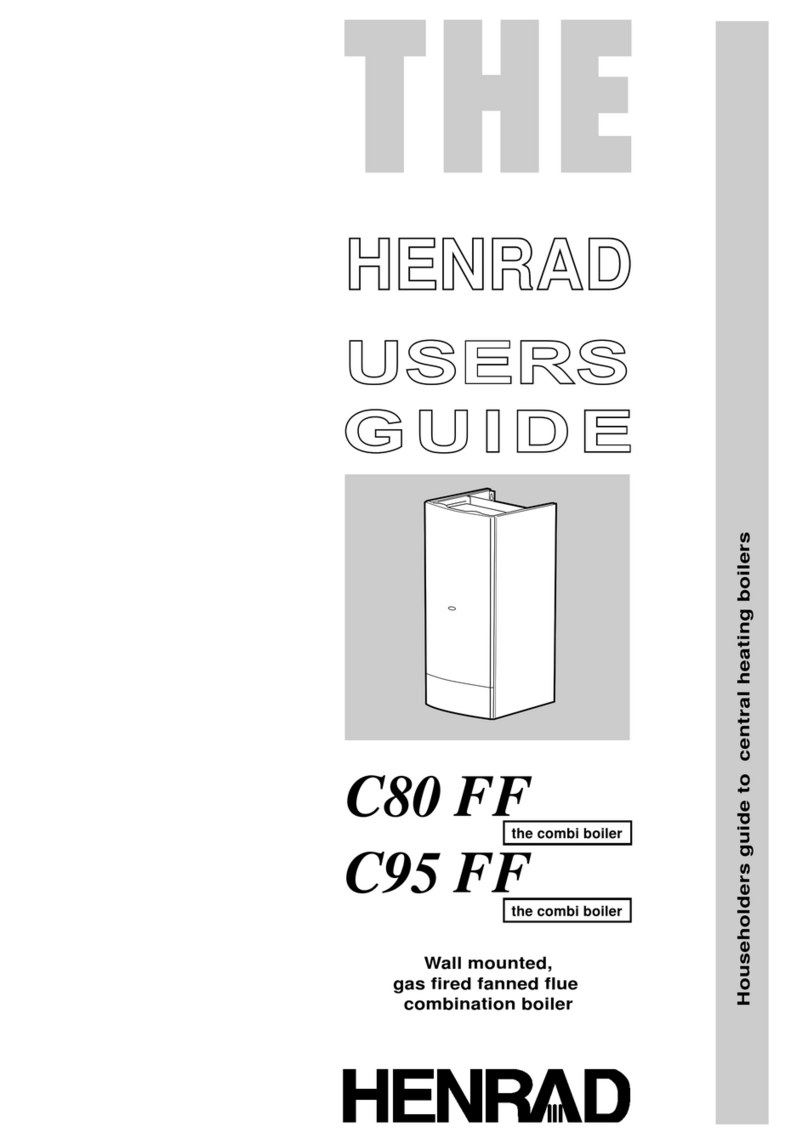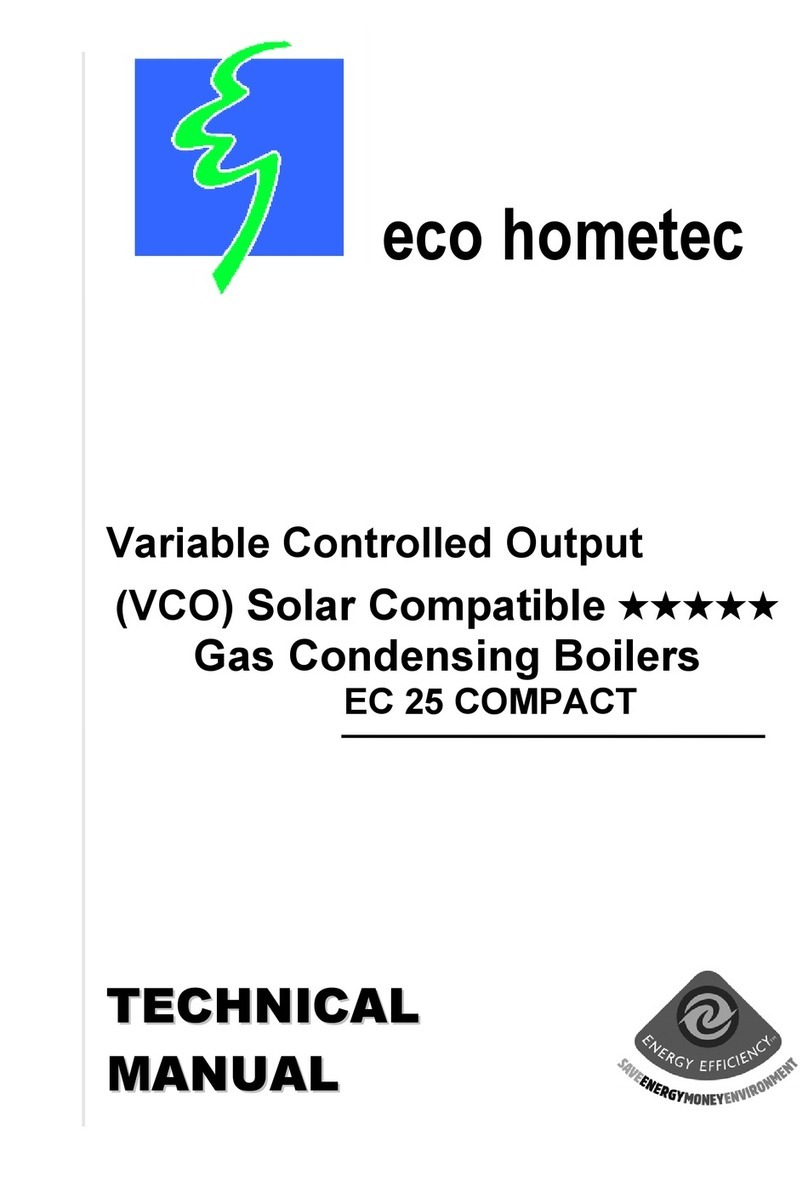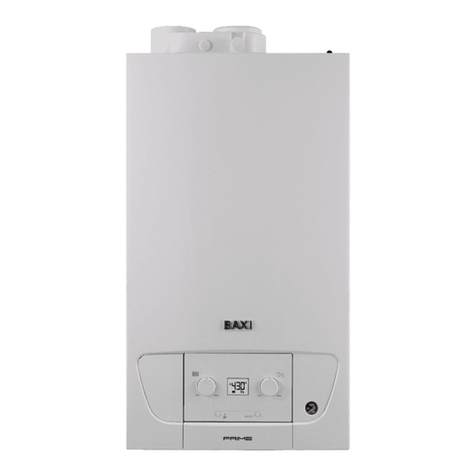Roca G 100 IE-XIE Confort User manual
Other Roca Boiler manuals

Roca
Roca VICTORIA 20 F User manual

Roca
Roca LAURA 20 User manual

Roca
Roca SARA 24/24 Configuration guide
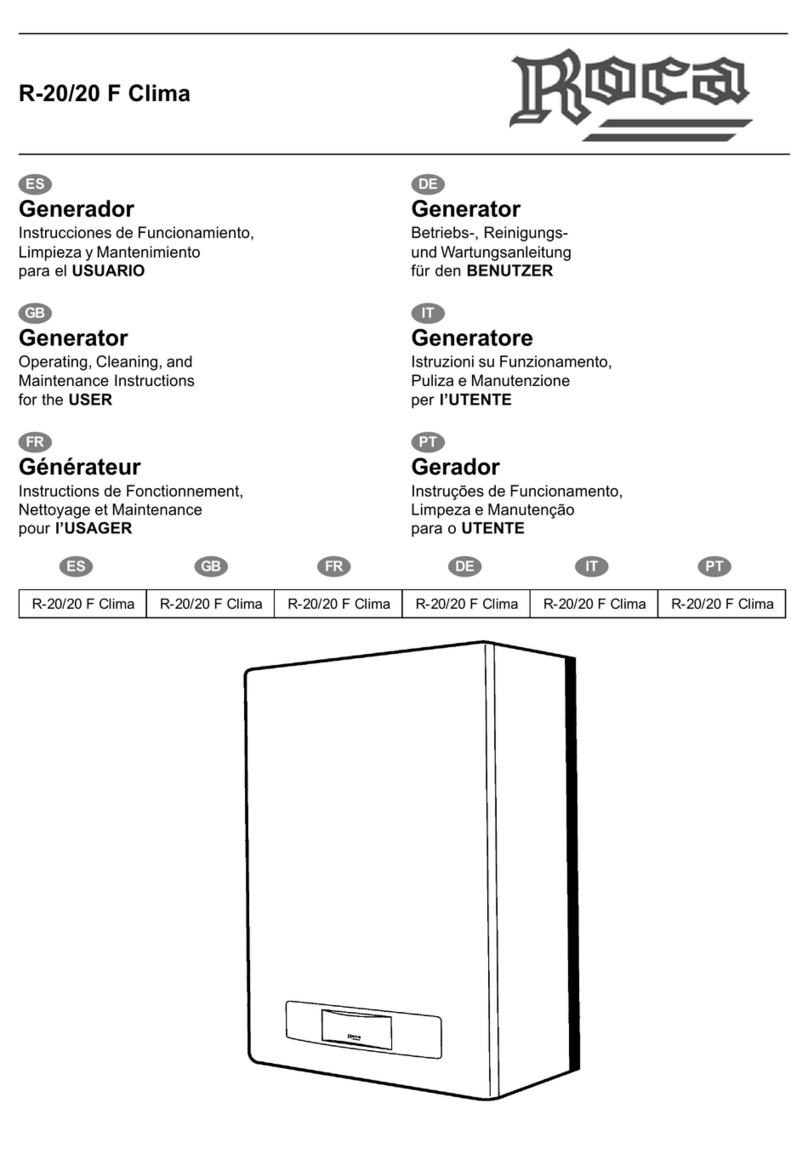
Roca
Roca R-20 User manual
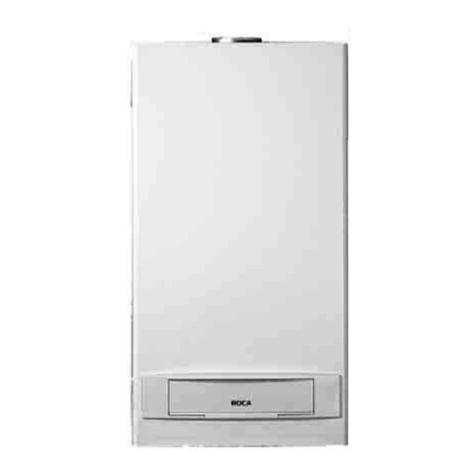
Roca
Roca LAURA 20/20 User manual
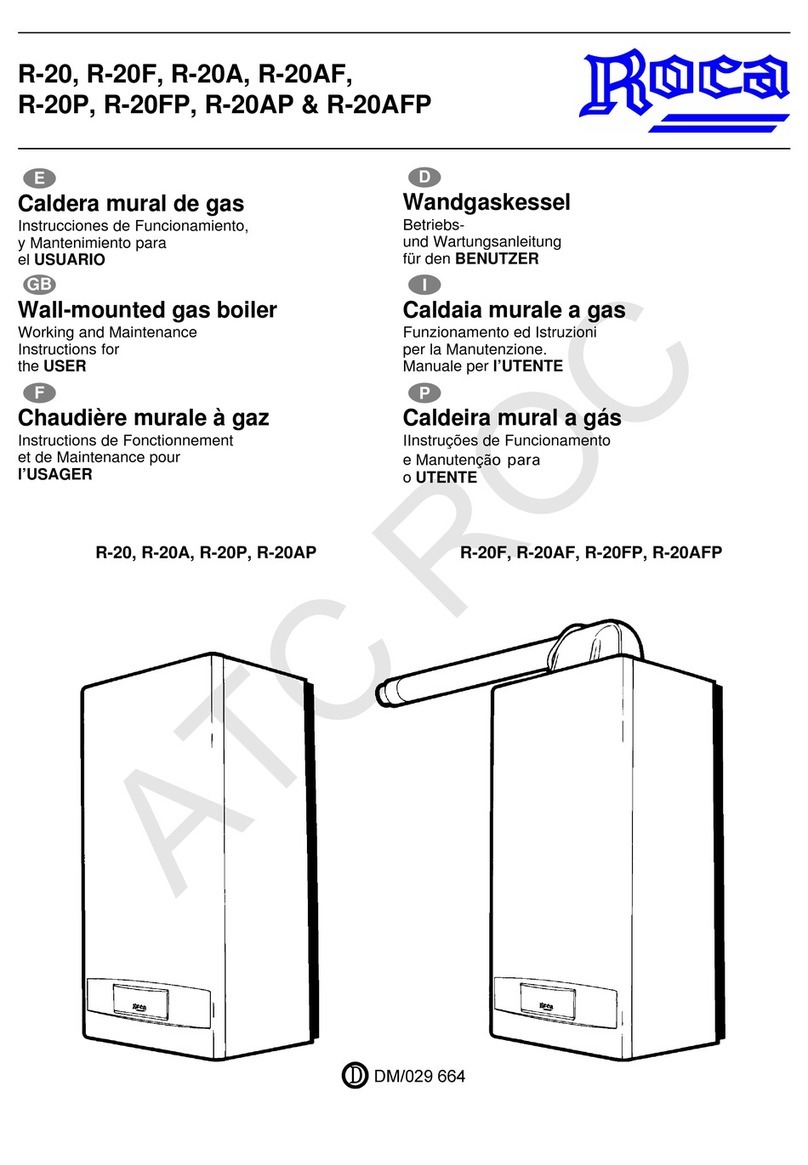
Roca
Roca R-20 Technical specifications

Roca
Roca ALBA 21 User manual

Roca
Roca VICTORIA 20 F Configuration guide
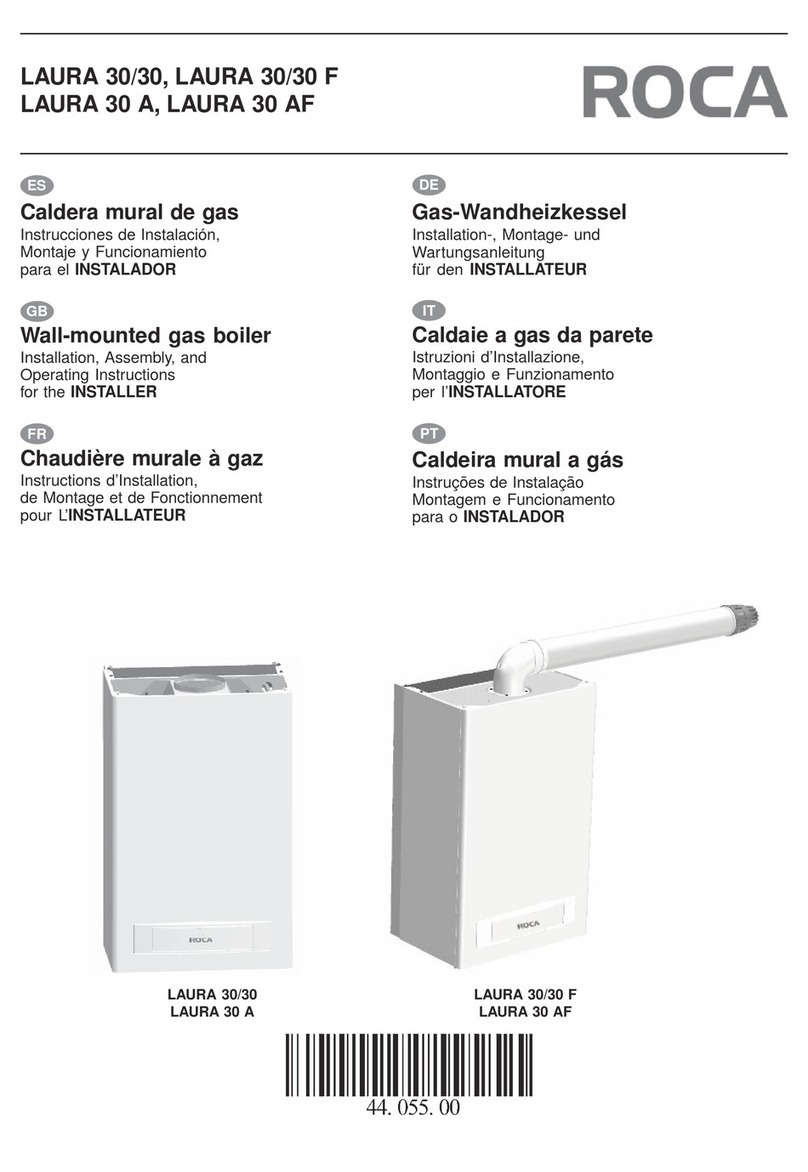
Roca
Roca LAURA 30/30 User manual

Roca
Roca G 100 IE User manual

Roca
Roca ALBA 21 Configuration guide

Roca
Roca LAURA 20 Manual
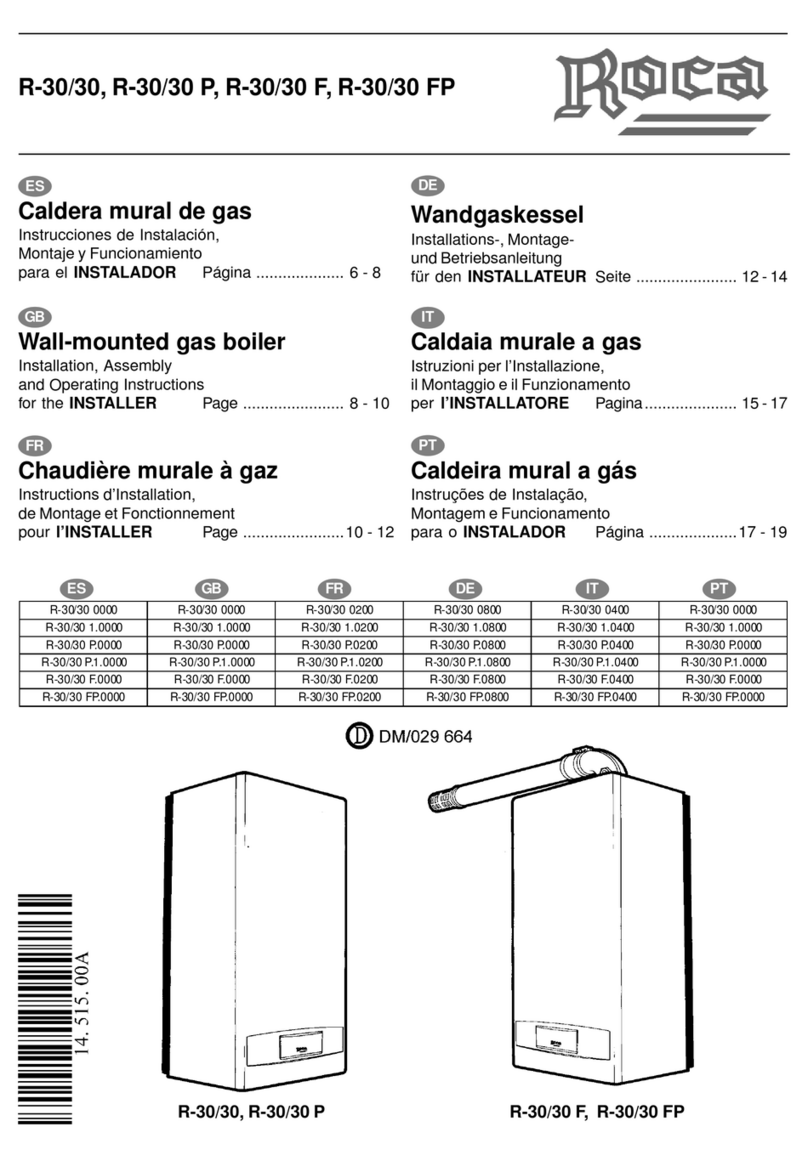
Roca
Roca R-30/30 User manual

Roca
Roca G 100 IE-XIE Confort User guide
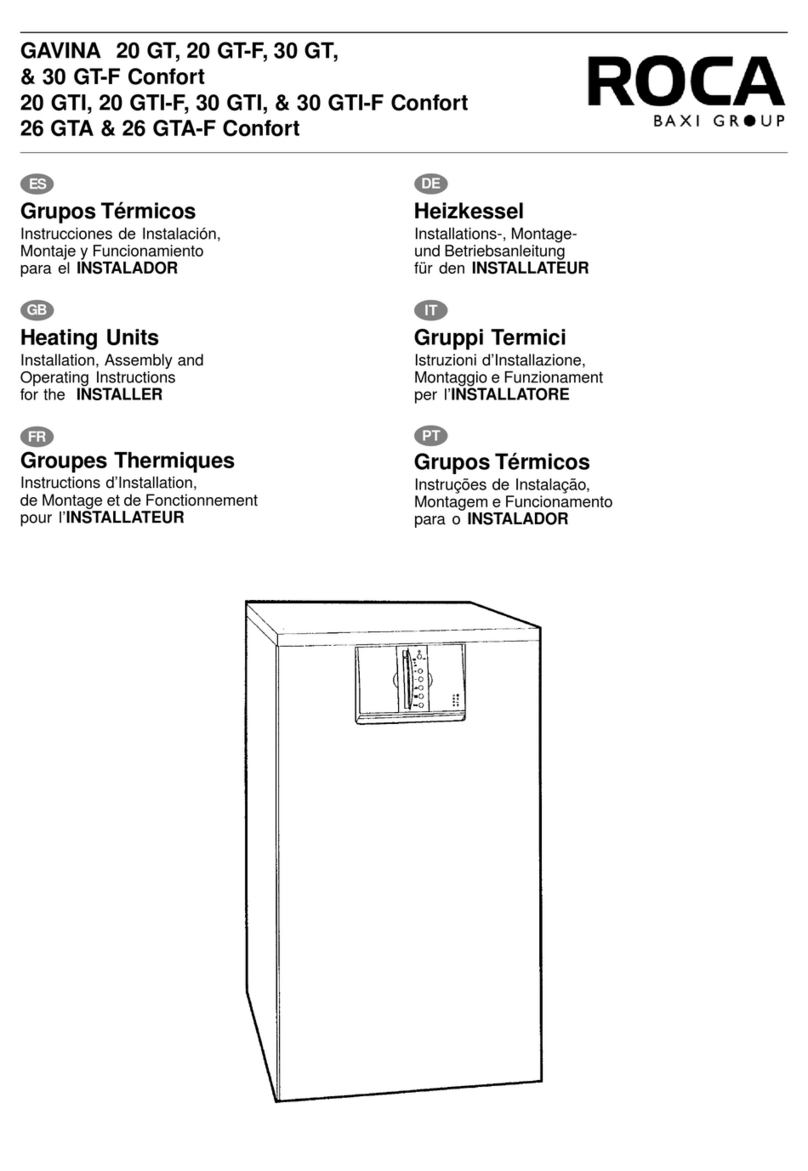
Roca
Roca GAVINA 20 GT User manual
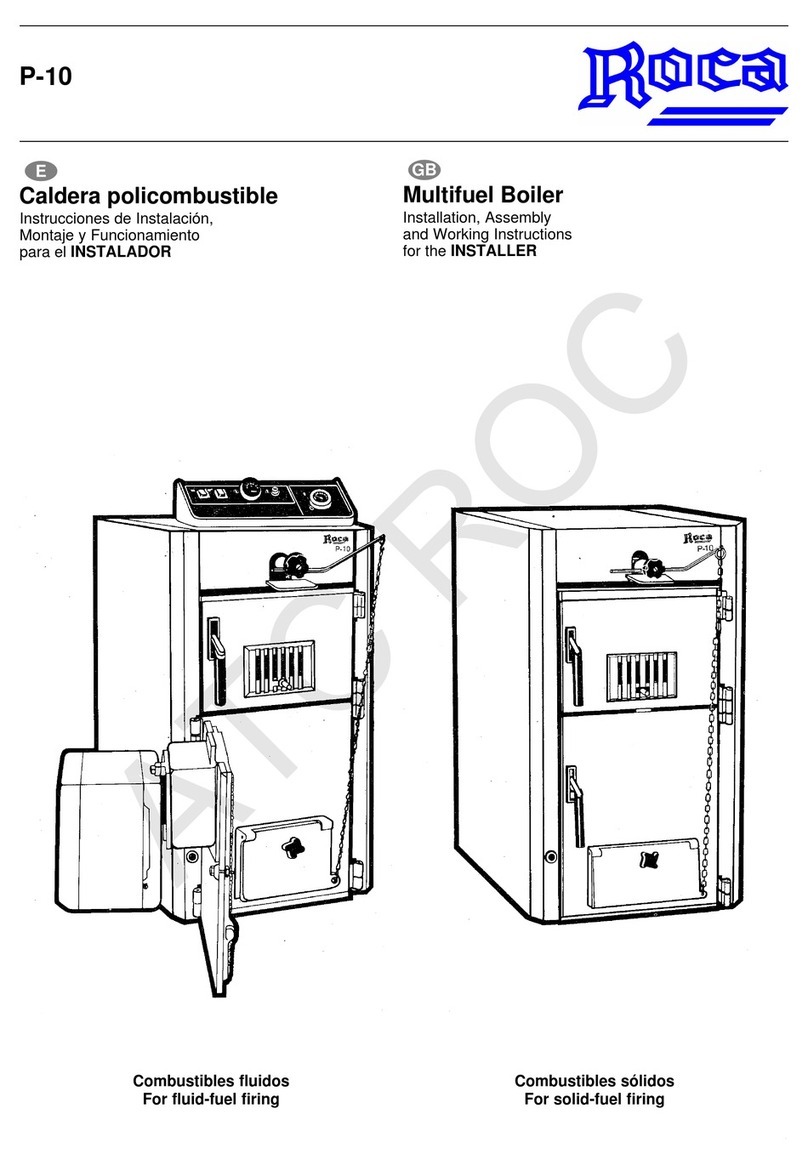
Roca
Roca P-10 User manual

Roca
Roca LAURA PLUS 28/28 Configuration guide

Roca
Roca P-10-3 Configuration guide
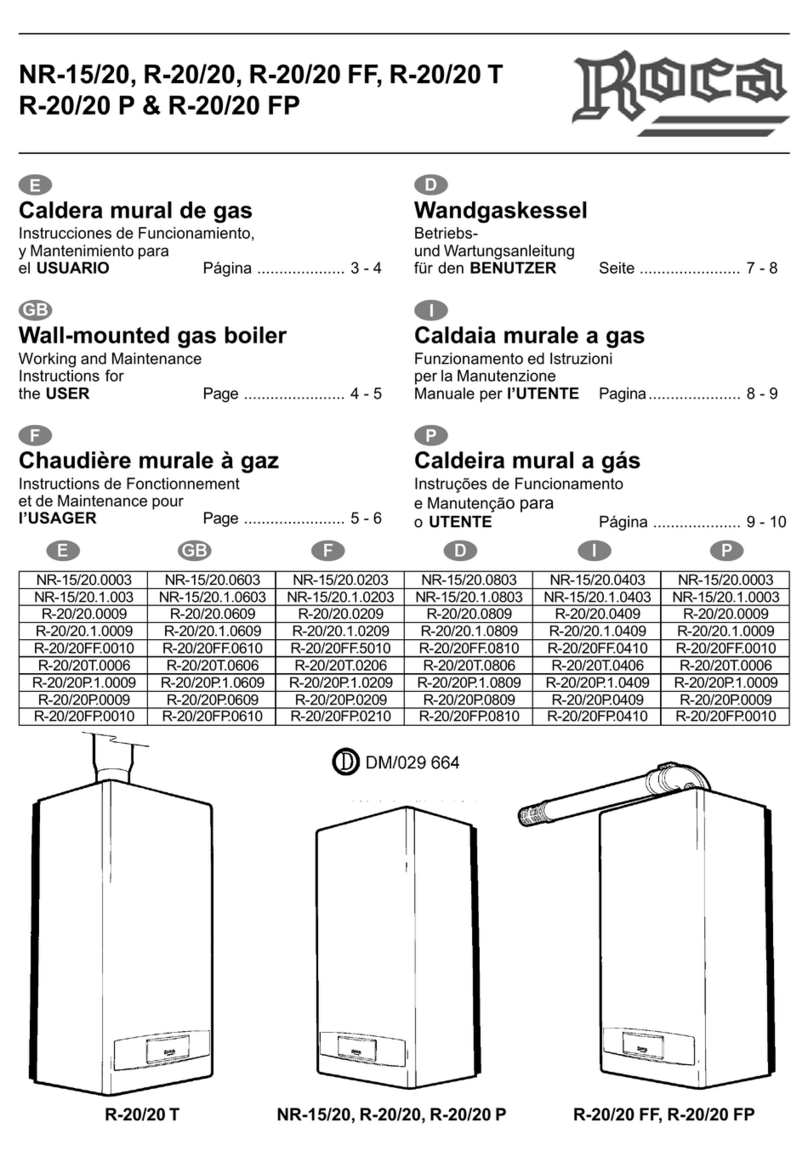
Roca
Roca NR-15/20 Operation instructions
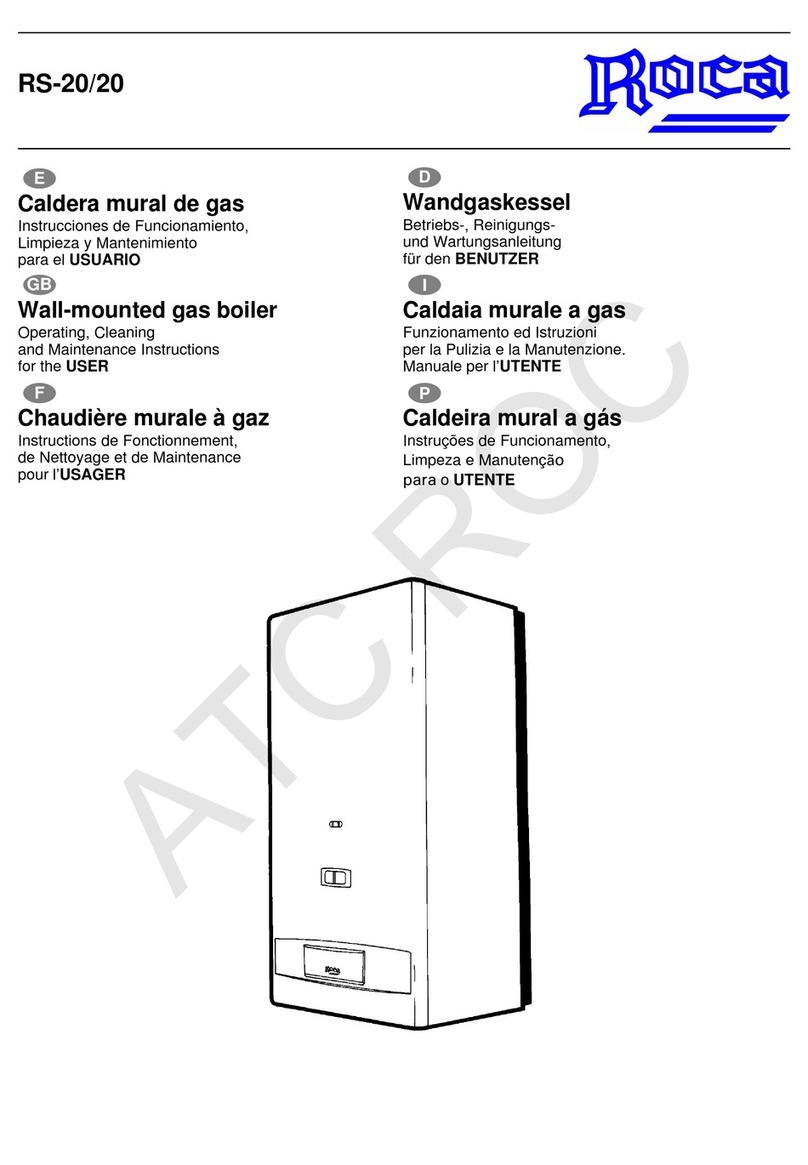
Roca
Roca RS-20/20 Configuration guide
Popular Boiler manuals by other brands
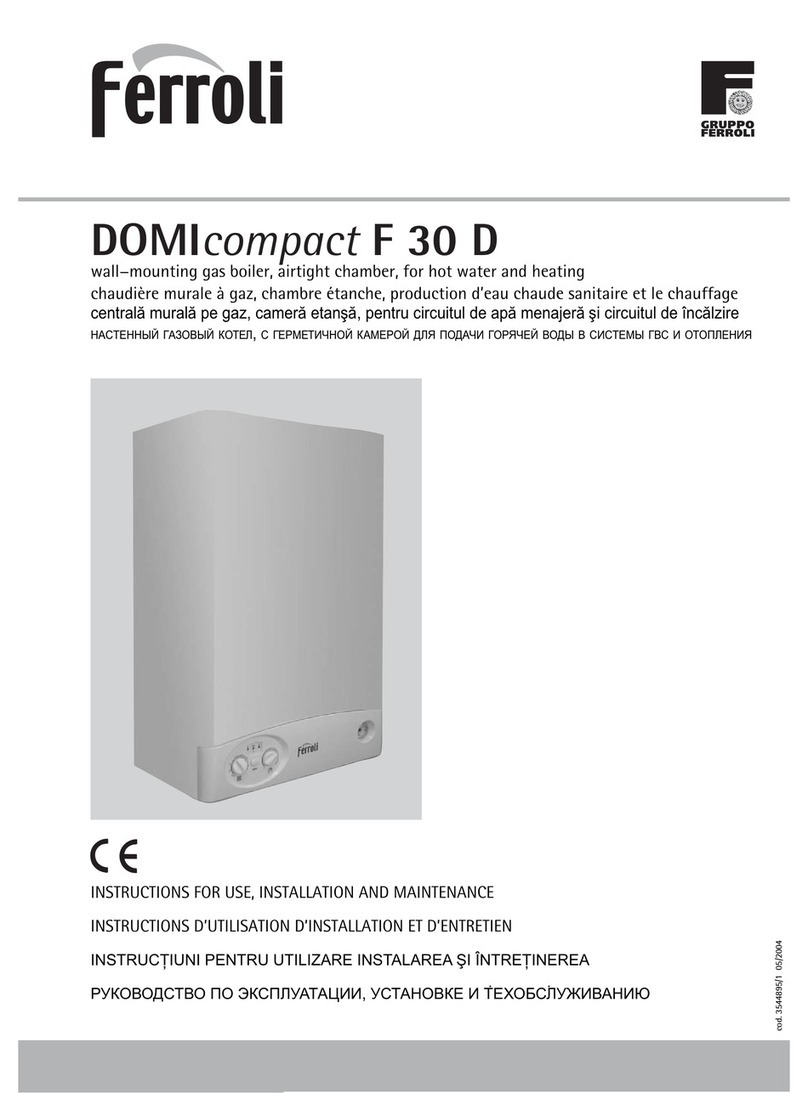
Ferroli
Ferroli DOMIcompact F 30 D null

Vaillant
Vaillant uniSTOR VIH SW GB 500 BES operating instructions

Radijator
Radijator BIO max 23.1 instruction manual

Brunner
Brunner BSV 20 Instructions for use

Buderus
Buderus Logamax GB062-24 KDE H V2 Service manual

Potterton
Potterton 50e Installation and Servicing Manual

UTICA BOILERS
UTICA BOILERS TriFire Assembly instructions
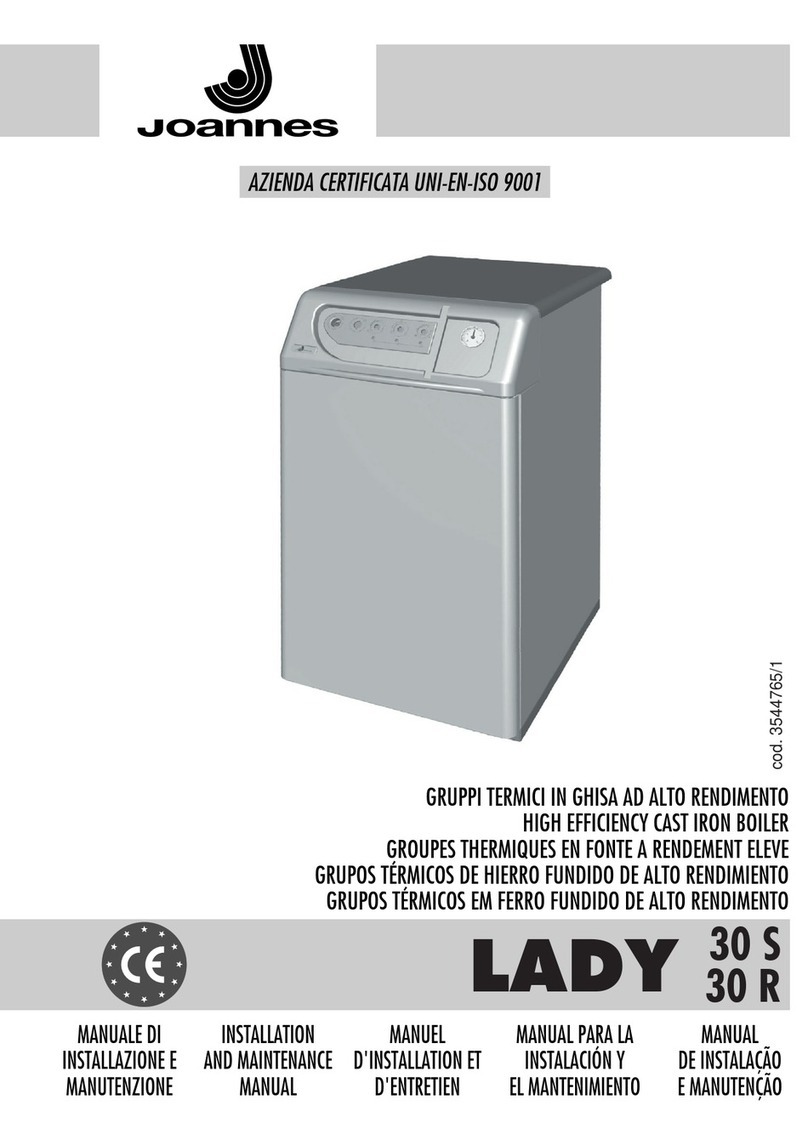
Joannes
Joannes LADY Series Installation and maintenance manual

ECR International
ECR International UB90-125 Installation, operation & maintenance manual
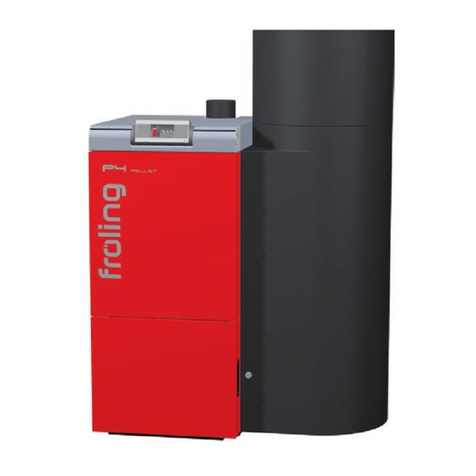
Froling
Froling P4 Pellet 8 - 105 installation instructions
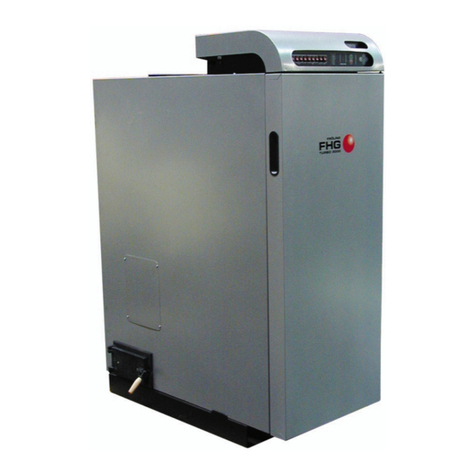
Froling
Froling FHG Turbo 3000 operating instructions

U.S. Boiler Company
U.S. Boiler Company K2 operating instructions


